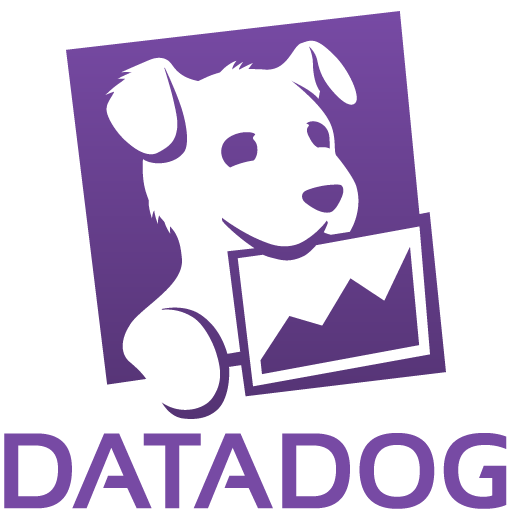
Datadog Pro
DatadogExternal reviews
725 reviews
from
and
External reviews are not included in the AWS star rating for the product.
Unlocks all the information I need to make my business better!
What do you like best about the product?
User interface is intuitive once you get started with it.
What do you dislike about the product?
I sometimes forget how I got the page I was using or had created on the fly.
What problems is the product solving and how is that benefiting you?
Visualization of issues, suggestions of where to look next.
Monitoring
What do you like best about the product?
Dash boards , log explorer, score cards, synthetic monotoring
What do you dislike about the product?
too many places to browse through for same info
What problems is the product solving and how is that benefiting you?
incidents, infa (disk, cpu,memory); application level monitoring
Single platform to observe your end to end services
What do you like best about the product?
Enjoy using a single platform to observe and understand how the services behave. Looking forward to trying out the new features demonstrated at DASH today
What do you dislike about the product?
Too many functions in the dashboard. Over whealming at some point.
What problems is the product solving and how is that benefiting you?
Log aggregation, realtime monitor and alerting on critical services
Future of observability
What do you like best about the product?
Metrics and dashboards really help me track CI performance
What do you dislike about the product?
Not available. I love everything datadog provides. Maybe learning curve is steep.
What problems is the product solving and how is that benefiting you?
Measuring CI visibility
Powerful multi-layered solution
What do you like best about the product?
Dashboard flexibility with drag and drop plus queries
What do you dislike about the product?
Little bit of a learning curve but overall it's been a decent experience
What problems is the product solving and how is that benefiting you?
We are a new client and are building DataDog out for the enterprise, the account rep and SME's helping us build it out have been fantastic.
Dash Datadog review
What do you like best about the product?
dashboards are super helpful and can be fully custimized
What do you dislike about the product?
cost of ingestion is very high but worth it
What problems is the product solving and how is that benefiting you?
visability into what is running
Amazing
What do you like best about the product?
Customer Support & engagement from teams
What do you dislike about the product?
we don't use log management at discover. Probably i don't like that
What problems is the product solving and how is that benefiting you?
it provides enterprise monitoring solutions for our org
Greate, huge tool for SRE
What do you like best about the product?
Logs explorer and APM. Unified Tagging service.
What do you dislike about the product?
Cost to be honest is quite high. And comlexity sometimes is a lot.
What problems is the product solving and how is that benefiting you?
AS an SRE and leader of team i need Datadog on day to day basis to overwatch complex cloud system.
Datadog - Blindspotfree observability
What do you like best about the product?
# of options it provides for triaging and narrowing down issues.
Reducing MTTD and MTTR
Reducing MTTD and MTTR
What do you dislike about the product?
I like the BITs . Would like to try it as it may cover maost of my current "dislikes"
What problems is the product solving and how is that benefiting you?
Reducing MTTD & MTTR
Application Engineer
What do you like best about the product?
APM, Custom Telemetry, Dynamic Instrumentation
What do you dislike about the product?
Dynamic instrumentation only works on sampled traces
What problems is the product solving and how is that benefiting you?
Incident response. Co-relating APM and Infra
showing 131 - 140